Introduction
The rapid growth of the ethanol industry in the United States during the last decade has resulted in large quantities of ethanol coproducts in the marketplace, which are now commonly available as feed ingredients for livestock and poultry. These coproducts are often added to animal diets as sources of protein and energy. Mineral concentrations in the coproducts are also an important consideration in animal feed formulations.
A large portion of ethanol coproducts are in wet form. Advantages to wet coproducts include lower production cost because they are not dried and improved nutrient digestibility. Lack of drying can improve nutrient digestibility compared to dried coproducts (especially for heat-labile constituents, as well as drastically reduced Maillard reactions), but the high water content can present challenges with storage and handling.
The objective of this article is to discuss some key aspects of distillers wet grains (DWG) as well as modified distillers wet grains. Topics to be discussed include production statistics, legal definitions, typical compositions, and recommended storage and handling practices.
1. Production statistics
In general, between 40%-45% of all ethanol coproducts produced in the U.S. are of wet form – either DWG (approximately 60% to 70% moisture% moisture content) or modified DWG (which has a slightly different quantity of moisture – they are often dried further to approximately 45% to 60% moisture content). Table 1 shows some historic monthly production data for wet distillers products.
2. Legal definitions and labels
Regardless of whether you are producing DWG or “modified” DWG, your feed products must meet legal definitions in order to be sold in the U.S. feed market. These have been established and approved through the American Association of Feed Control Officials (AAFCO) (Table 1).
3. Nutrient compositions
Nutrient composition of ethanol coproducts is influenced by factors such as type and quality of the grain, milling and fermentation processes, drying temperatures, the amount of solubles added back to the wet coproducts before drying, and the amount of distillers oil removed from the stillage streams. Typical compositions are found in Table 3.
4. Storage & handling
After production, wet distillers products are placed on a concrete floor with concrete bunker walls. Sometimes there is a roof over the pad; other times there is not. Because wet grains are high in moisture, they have a limited shelf life. Due to the high temperatures in distillation and low pH, DWG are low in microbial activity when they exit the process; however, they are not sterile. And, as the DWG sits on the pad, any microbes present within the product may continue to grow and microbes naturally present within the environment (i.e., natural inocula) may also begin to grow on the top layer of the product. The higher the daily temperatures, the faster these microbes will grow, and thus the shorter the shelf life. And vice-versa; colder temperatures will allow for more extended storage. Lehman and Rosentrater (2007) examined microbial growth over time for DWG, but did not find any pathogenic microorganisms.
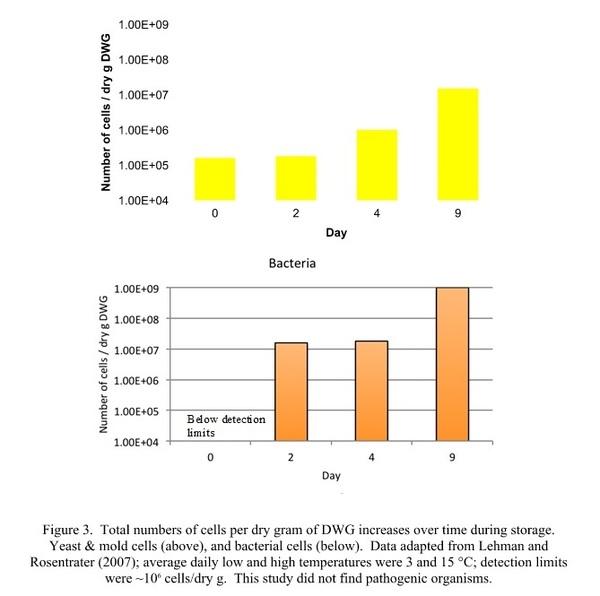
So, how long can DWG be stored? In other words, what is the shelf life before the quality degrades to the point that it is not fit for animal consumption? Note, this is not a safety risk, rather we are talking about quality. It depends. The aerobic stability is dependent upon how quickly microbes grow and reproduce during storage, which is a function of temperature and moisture content. As shown in Figure 4 below, Lehman and Rosentrater (2013) answered this question by quantifying CO 2 generation (as an indirect measure of microbial growth, and thus quality degradation). At moderate ambient temperatures (~ 22°C), appropriate storage times ranged from four to seven days. Recommended storage times (Figure 4; shown in the shaded region) follow an exponential decay as temperature increases.
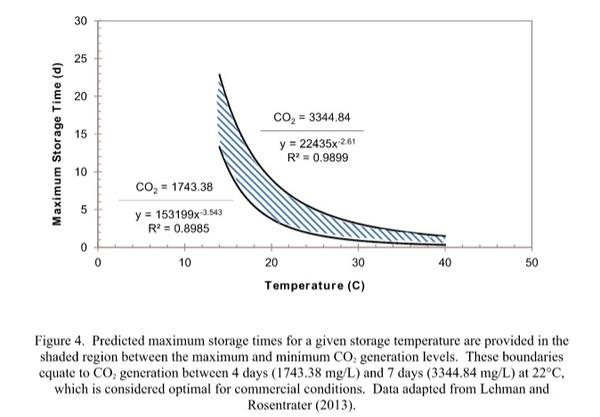
An important recommendation for industry practice is to utilize first-in, first-out management, whereby the oldest DWG is loaded and as the newest DWG is placed into the storage pile. This timing sequence will reduce potential issues of spoilage, regardless of time of year.
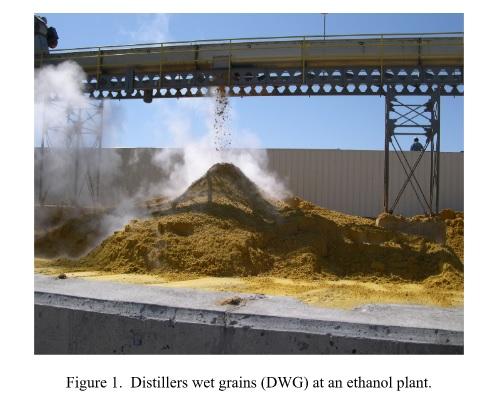
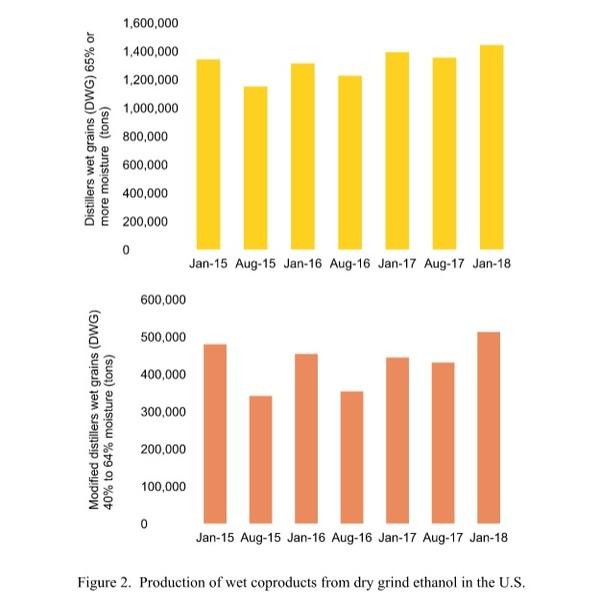
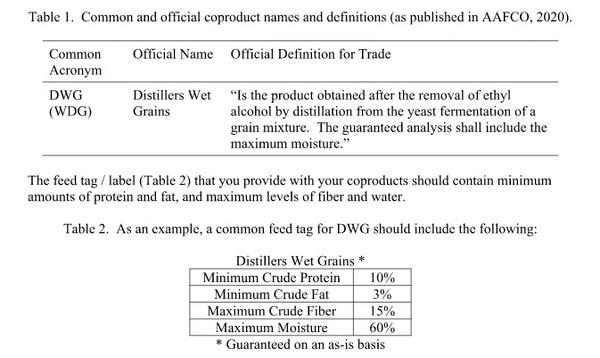
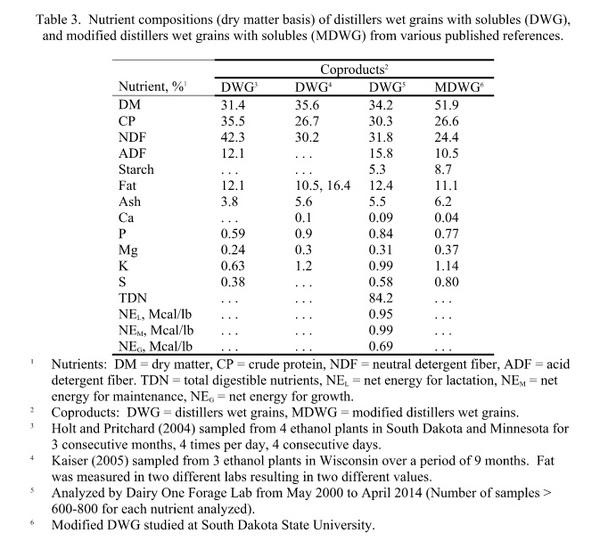










.jpg&w=3840&q=75)